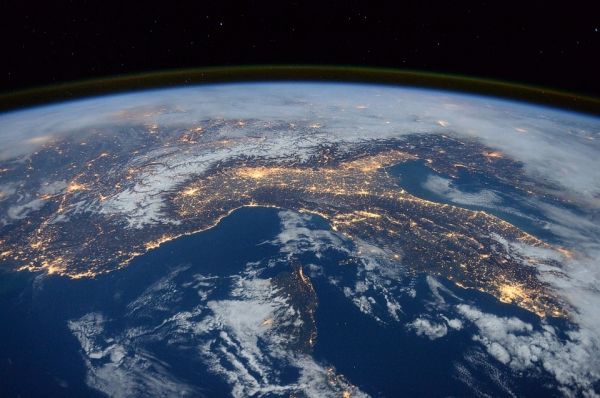Once seen as spooky sci-fi, geoengineering to halt runaway climate change is now being looked at with growing urgency. A spate of dire scientific warnings that the world community can no longer delay major cuts in carbon emissions, coupled with a recent surge in atmospheric concentrations of CO2, has left a growing number of scientists saying that it’s time to give the controversial technologies a serious look.
“Time is no longer on our side,” one geoengineering advocate, former British government chief scientist David King, told a conference last fall. “What we do over the next 10 years will determine the future of humanity for the next 10,000 years.”
King helped secure the Paris Climate Agreement in 2015, but he no longer believes cutting planet-warming emissions is enough to stave off disaster. He is in the process of establishing a Center for Climate Repair at Cambridge University. It would be the world’s first major research center dedicated to a task that, he says, “is going to be necessary.”
Technologies earmarked for the Cambridge center’s attention include a range of efforts to restrict solar radiation from reaching the lower atmosphere, including spraying aerosols of sulphate particles into the stratosphere, and refreezing rapidly warming parts of the polar regions by deploying tall ships to pump salt particles from the ocean into polar clouds to make them brighter.
Read more at Yale Environment 360
Photo Credit: skeeze via Pixabay


